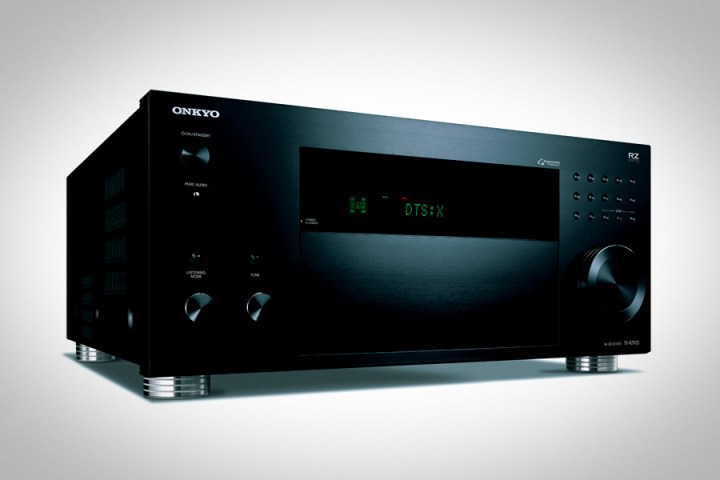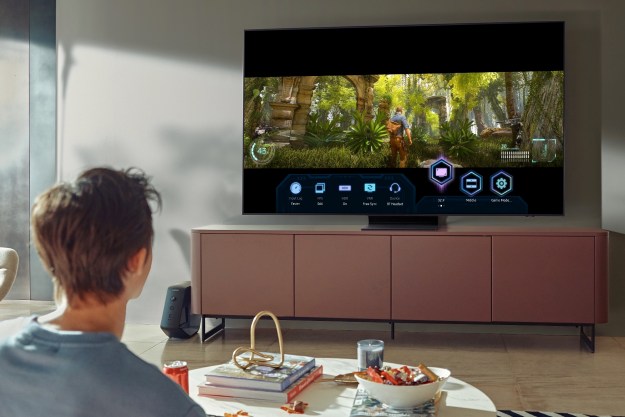
The heavyweight 9.2-channel receiver offers a powerful 135 watts of sound per channel, and features 5.2.4 playback for object-based audio via either DTS:X or Dolby Atmos. Though the massive receiver may look as though it is only for home theater enthusiasts, it is actually designed to deliver both modern object-based audio and classic stereo sound in what the company calls “equally visceral measure.”
The first giveaway that Onkyo’s TX-RZ920 is designed to be the center of both large home theater and smaller audio listening setups is the sheer number of inputs on the new device. The TX-RZ920 offers eight HDMI inputs, in addition to composite, digital audio, USB, line inputs, and even a built-in phono preamp for the growing number of vinyl enthusiasts out there.

Fans of streaming music will love that the TX-RZ920 also offers a vast array of streaming options, thanks to built-in DTS Play-Fi, Apple Airplay, and Google Chromecast integration, as well as both 2.4 and 5GHz Wi-Fi connectivity. So many integrated streaming audio options and dual-band wireless connectivity mean that streaming music listeners can connect the TX-RZ920 to their home network with ease, and then use the device to listen to virtually all of the best music streaming services. Regardless of what digital audio source you want to hear, excellent built-in digital-to-analog converters from AKM will mean great sound.
The offering of such a universal home audio solution — be it for film and TV or music — is in keeping with the company’s recent products. Long a fan of integrating as much tech as possible into its products, Onkyo has been stepping pretty heavily into the world of multiroom audio and modern music streaming of late, having announced two different smart speakers, the P3 and G3, at this year’s IFA conference in Berlin.
The TX-RZ920 will hit stores this month, where it will retail for $1,600. Those who are looking for more information about the receiver are encouraged to check out the company’s website.




